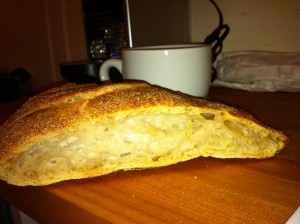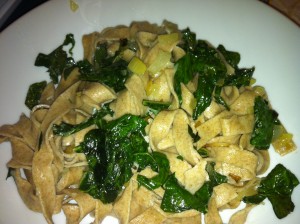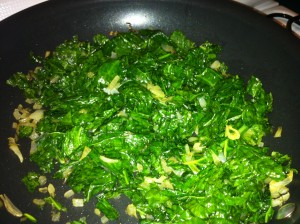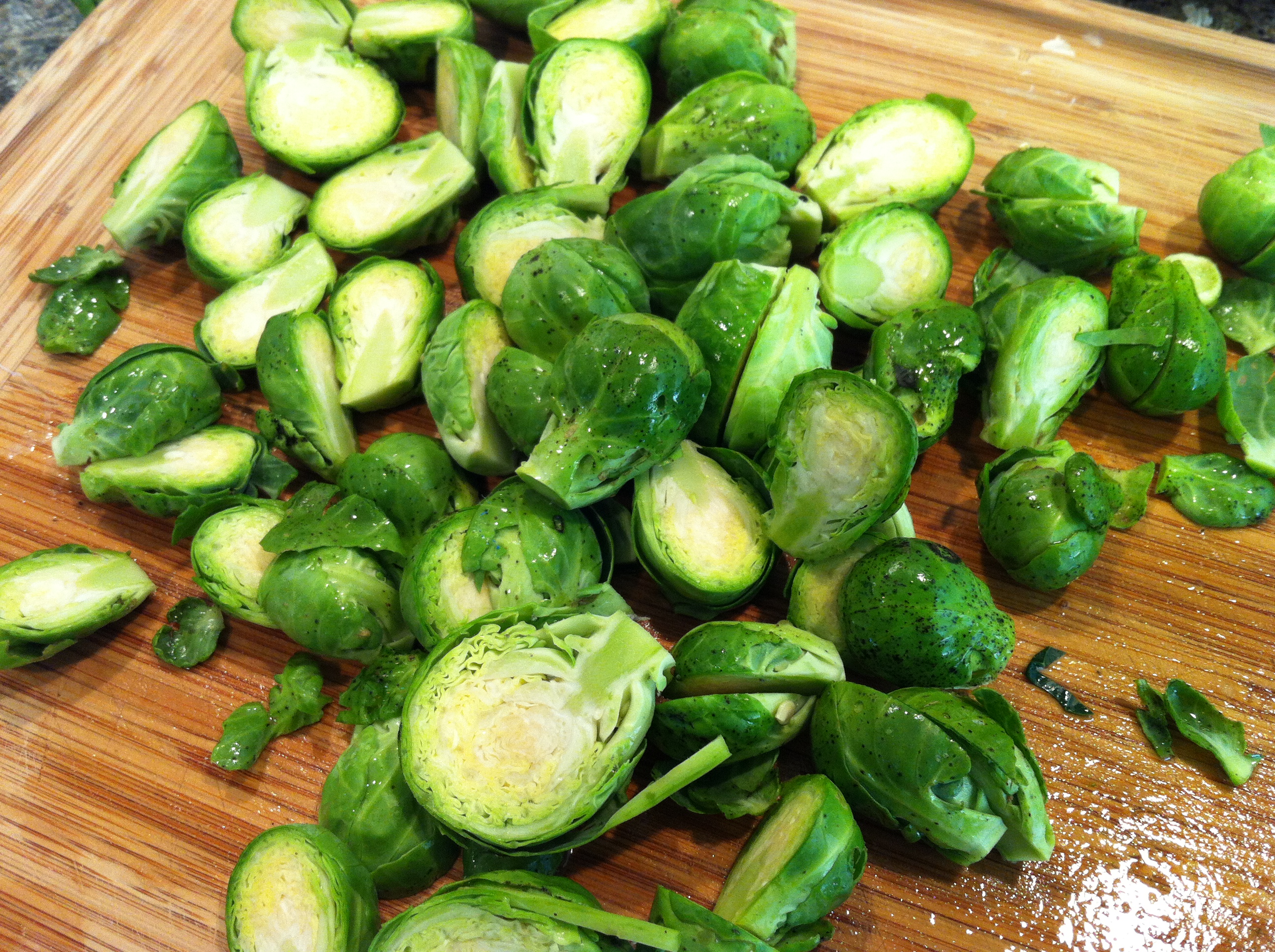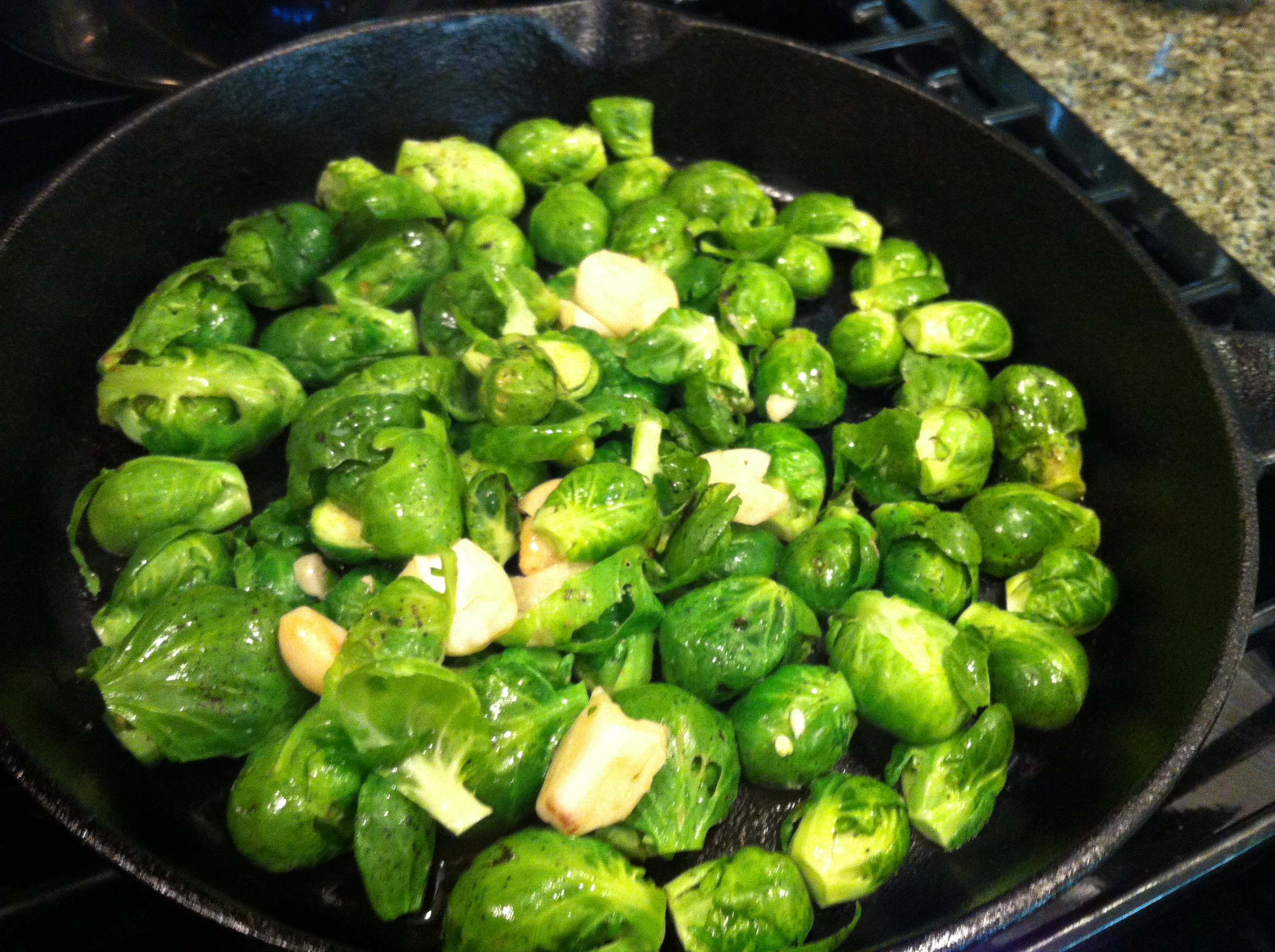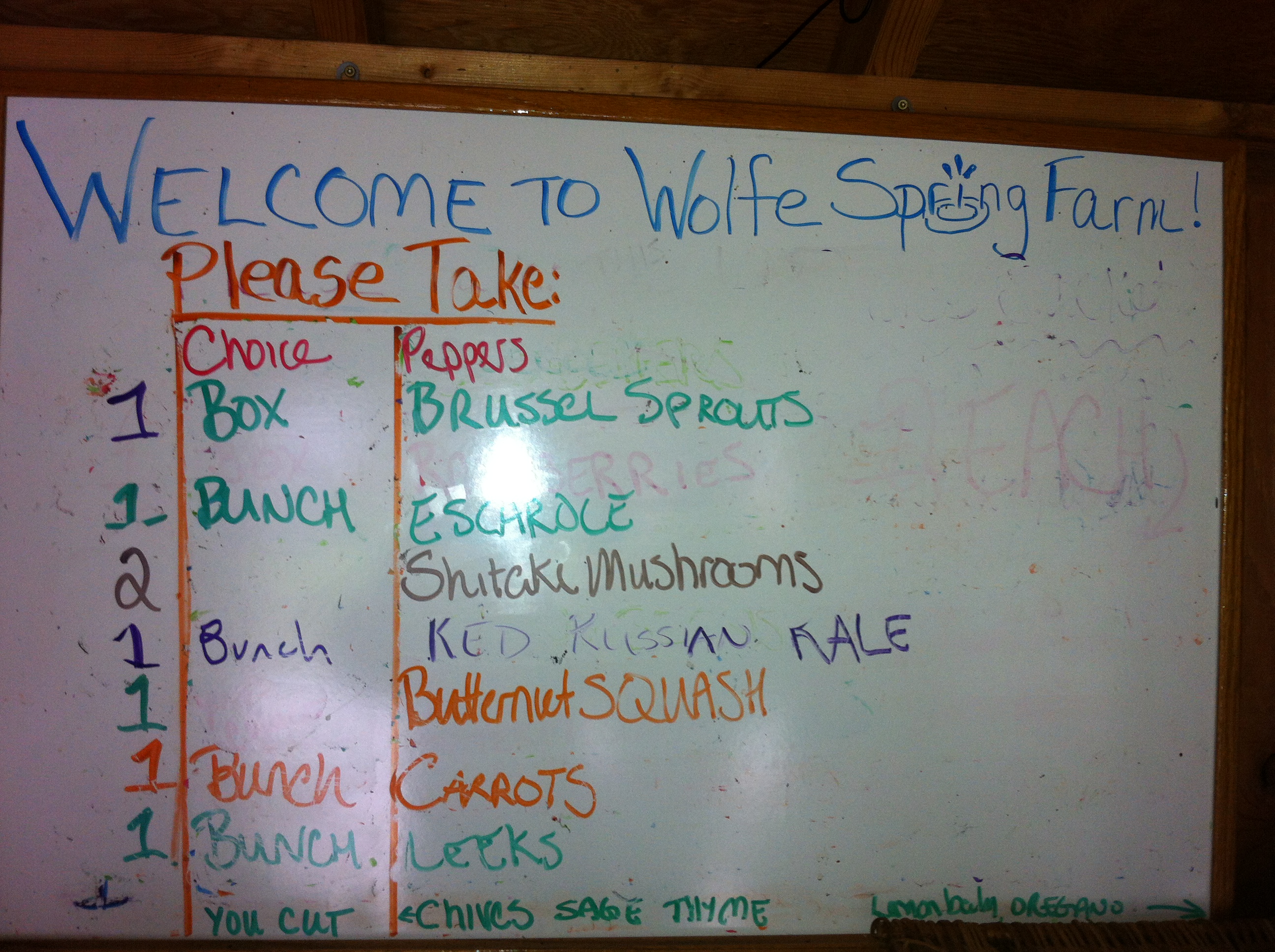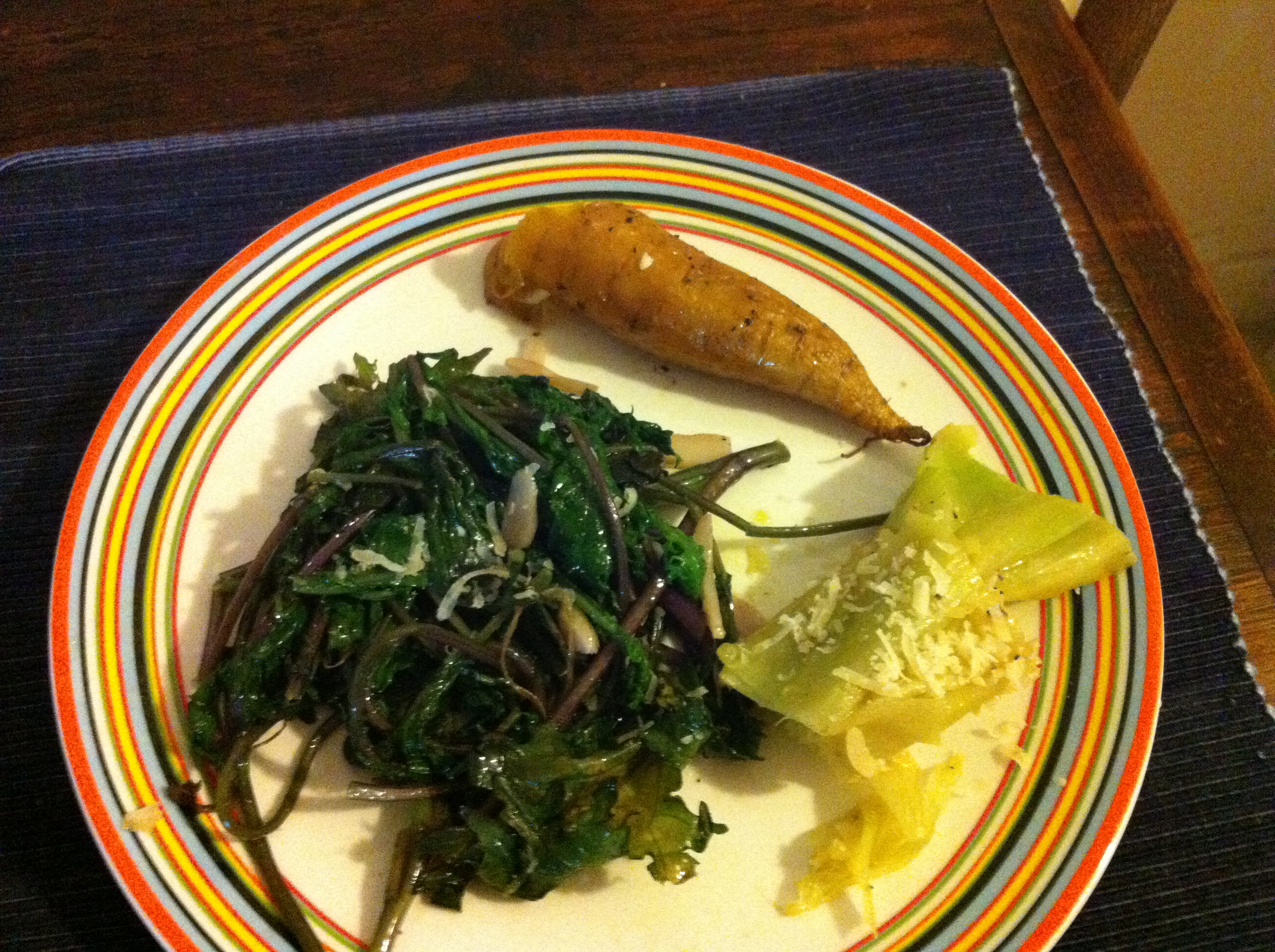I finally attempted Mark Bittman and Jim Lahey’s much touted No-Knead Bread Recipe. I used the 4 ingredients as instructed in the recipe (flour, instant yeast, salt and water), letting the dough rise untouched on my countertop for about 14 hours (instructions advised 12 – 18 hours). The dough was really more of a batter when I turned it out on the work surface and it was with great difficulty that I turned the “blob” into itself. It would have been impossible to knead, even if I had wanted to do so. I had to wash and flour my hands several times to move the blob around the work surface. Despite the loose batter, it did have a great yeast-y bread aroma and I was optimistic. I dutifully followed the instructions, letting it sit for another 15 minutes, then wrapping it in a towel for another 1-2 hours. I checked out Breadtopia’s site and modified recipe, too. Breadtopia suggested 1 1/2 cups water vs. Bittman’s 1 5/8 cups (which is a hard to measure quantity, to boot). I think my dough/batter had too much liquid.
After the final rising period, I turned my still blob-like dough into the heated Le Creuset dutch oven and placed in the oven for 30 minutes covered. As an aside, my dutch oven does not get enough use, so I am always excited to put it to work (along with my biceps when lifting it in and out of the oven!) When I removed the cover, I was excited to see a bread-like loaf had indeed formed. Maybe this was going to work out after all…
I let it cool on a wire rack for several hours and then placed it in a paper bag overnight. The bread did have an attractive crust and color, and definitely looked homemade. But the uneven height concerned me. Had my dough risen sufficiently? What is wrong with this picture, I wondered?
We tested the bread for breakfast yesterday morning. It took a little work to cut into the super crusty exterior, even with a sharp serrated bread knife. Points for a crisp crust, I thought. The interior was airy, too, but there just wasn’t enough of it. The 1 1/2 – 2 inch height was more like that of focaccia, than a traditional boule. We ate a few slices plain, untoasted, and the bread had good bite and flavor, but as Hubs aptly noted, the crust:bread ratio was off. Mind you, this bread was still infinitely edible, and there were no complaints from baby Sam. A decent first attempt, but definitely not a fool-proof recipe. I look forward to trying again.
Have you tried this bread recipe before?


